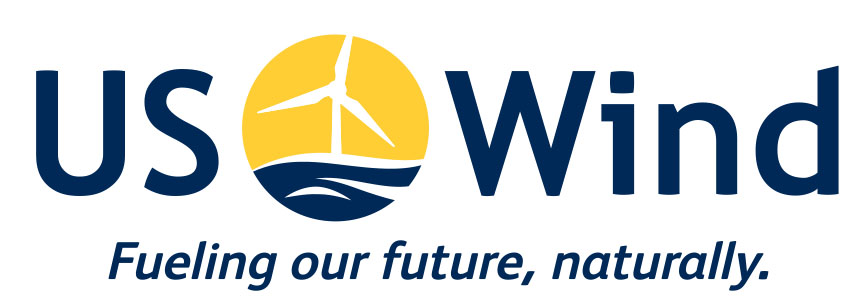The growing responsibility of growing the renewable energy industry
The U.S. economy has seen a historic—and brisk—growth in the past few years, with GDP and wages rising, lowest unemployment rates in 50 years, and highest consumer confidence in 15 years. All these indicators are driven by what also happens to be the one of the fastest-growing industry in the world, and now, in the country: renewable energy.
According to The Hill, significant investments to the renewable energy development and infrastructure investment spurred the growth in this domestic industry, accounting for “40 percent of U.S. electricity capacity additions, which translated into $64 billion of investment in U.S. renewable energy infrastructure” last year.
In Maryland, US Wind Inc. has signed an agreement with EPIC Applied Technologies for the installation of its Meteorological Tower (met tower) beginning this summer, marking a key milestone in what will eventually be one of the nation’s first commercial-scale offshore wind energy projects off the coast of Ocean City, Maryland. It will be used to collect raw wind data at a height comparable to the eventual turbines’ height, which will then be used primarily to validate the virtual data collected through what have primarily been mathematical models to date, and will also to monitor the performance of the installed turbines during the lifetime of the eventual wind farm. It’s important to note that to date, $100 billion of private investment from wind energy has landed in lower income rural counties where over 70 percent of U.S. wind turbines have been built.
Massachusetts regulators approved 20-year contracts with the state’s electric distributors for 800 MW of offshore wind last month, which will drive energy costs down and generate jobs and grow investments. This week, the state launched its next solicitation for offshore wind, targeting up to 800 MW of capacity at sea.
The Hill further cites, “In 2019, levelized costs analysis show that wind and solar are market competitive to existing traditional fossil fuel sources and, in most cases, renewables provide the lowest cost option for new generation.” In fact, we’ve previously covered a meaningful shift in the country’s energy production: renewable energy was projected to outpaced coal in the U.S. for the first time.
Clean energy jobs in states like Minnesota continue to boom. In fields such as energy efficiency, professionals specializing in keeping households and businesses’ optimal use of energy wisely. Furthermore, energy-conservation programs have helped the state yield more than $6 billion in savings in the last 20 years, all while avoiding greenhouse-gas emissions, according to a Minnesota Department of Commerce report.
This is why it’s imperative for the federal and local government to enact changes and policies that will grow the renewable energy industry as a sound environmental, public health, and economic investment to and for its people.
